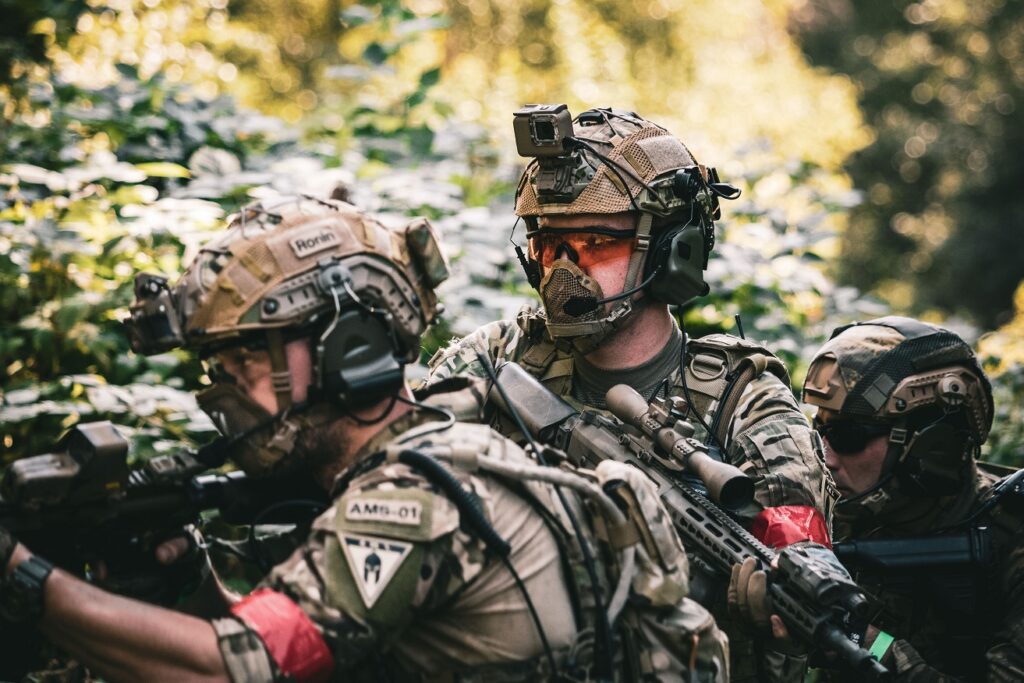
Exploring the Different Types of Ballistic Plate Armor Protection
In today’s world, wearing body armor is essential for those who work in high-risk professions like military, law enforcement, and security. One vital component of body armor is the ballistic plate, which helps to protect the wearer from gunfire and other ballistic threats. However, not all Ballistic Plates are created equal, and understanding the different levels of protection they offer is crucial. In this blog post, we’ll take an in-depth look at the different ballistic plate levels of protection to help you make an informed decision when choosing the right body armor for your needs.
Level I:
Ballistic plates at this level are designed to stop low-velocity handgun rounds and are commonly used by law enforcement officials and security personnel. They provide minimal protection from fragments and shrapnel, making them best suited for low-risk situations.
Level II:
Ballistic plates at this level are designed to stop medium-velocity handgun rounds and offer slightly more protection than Level I plates. They are commonly used by law enforcement personnel who operate in high-crime areas or face a high risk of handgun threats.
Level III:
Ballistic plates at this level are designed to stop high-velocity handgun and rifle rounds, making them suitable for military personnel and special operations forces. They offer better protection from shrapnel and fragments and are also useful in situations involving active shooters.
Level IV:
Ballistic plates at this level provide the highest level of protection and are capable of stopping armor-piercing rifle rounds. They are commonly used by military personnel in combat zones and provide excellent protection against rifle fire, making them an essential component of body armor in high-risk situations.
It’s essential to note that the level of protection offered by ballistic plates can also be affected by a variety of factors, including the caliber and the type of ammunition used, as well as the distance from which the rounds are fired. For instance, a Level III ballistic plate may not be able to stop a high-power rifle round if fired from point-blank range.
Choosing the right ballistic plate level is essential for those who rely on body armor for their protection. By understanding the levels of protection offered by ballistic plates, you can make an informed decision when choosing the right body armor for your needs. Always take into account the nature of your job and the potential threats you face to ensure that you choose the best ballistic plate level for maximum protection. Remember, nothing is more important than your safety when working in high-risk situations.
For more great articles, please click here.